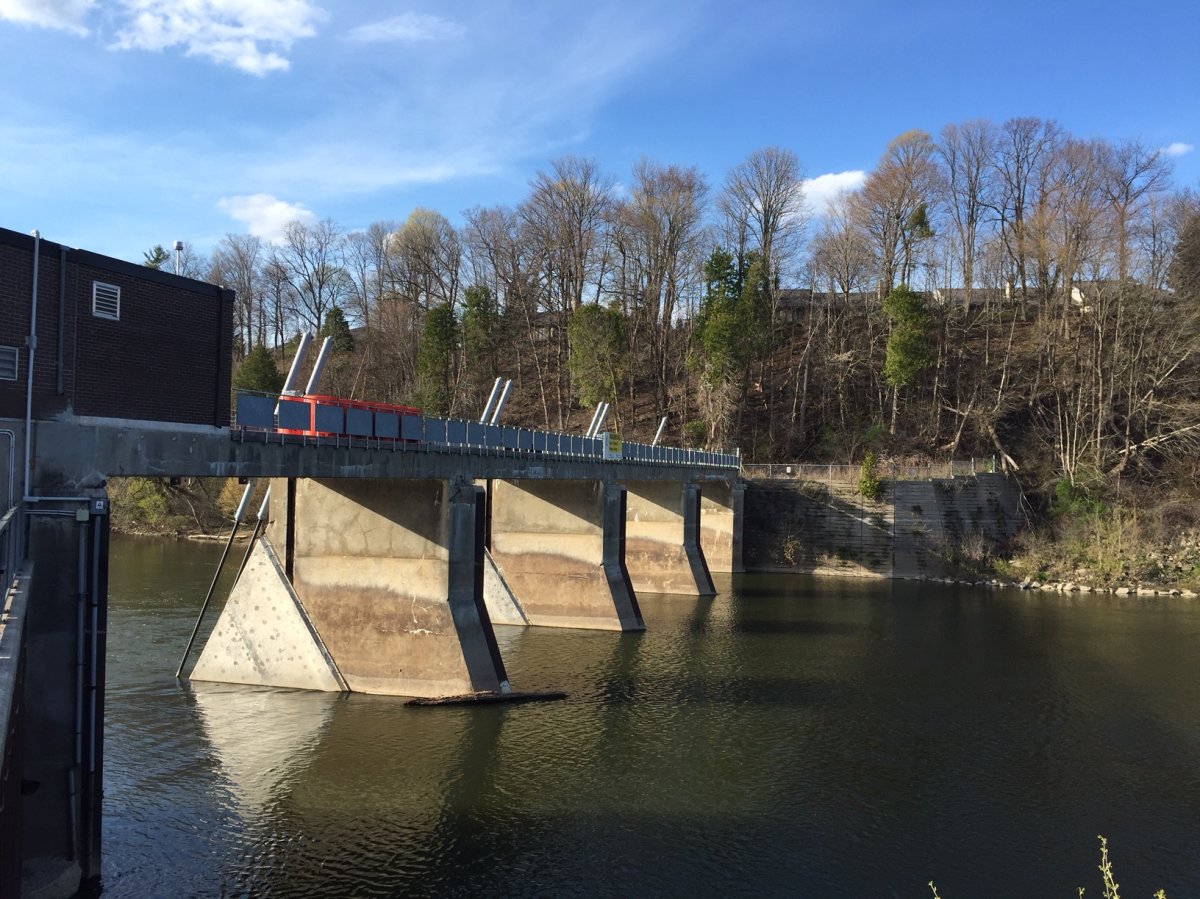Debate over the future of the Springbank Dam returns to city hall Monday.

Members of the strategic priorities and policy committee will be given a report and presentation from a species at risk biologist, who feels keeping the dam inoperable is better for the health of the Thames River.
Coun. Stephen Turner is looking forward to hearing from biologist Scott Gillingwater.
“The Upper Thames [River Conservation Authority] representative will walk us through the effects of barriers along the river and watershed on some of the sensitive species and the species at risk in our area,” he said. “When we do build things, it does have an impact on our environment and we have to be really cautious about how we proceed to make sure that our city works in harmony with our natural environment.”
According to Gillingwater’s presentation, the body of water is currently home to 90 species of fish, 30 species of freshwater mussels and 30 species of reptiles and amphibians, along with countless birds, mammals and invertebrates which all depend on the health of the river. Many of the species that live along the Thames watershed are rare, and only occur in a few isolated areas in the province.
The Springbank Dam has been inoperable since 2006 when it was left open for repairs after a flood in 2000, but complications led to a lengthy court battle. The dispute was resolved in late 2015 when the city was awarded $3.77 million.
Before council decides what to do with the dam, it voted last year in favour of having a combined environmental assessment done at a cost of $900,000.
The EA, called the “One River Master Plan,” will cover both the dam and the “Back to the River” project, which is a proposed overhaul of the forks of the Thames. The project is an initiative spearheaded by London Community Foundation in partnership with the city and Upper Thames River Conservation Authority.
City officials launched an international design contest in 2015 asking firms to redesign a five-kilometre stretch of the river from the forks. The winner, Civitas & Stantec, says their design intends to integrate and balance many forces and factors into a cohesive, connected and accessible river.
The project can go forward with or without the repair of the Springbank Dam, but some have argued it won’t look as good without fixing the dam.
Chippewas of the Thames, Oneida Nation of the Thames, and Munsee Delaware First Nation communities have called on London to decommission the dam.
The reasons for fixing the dam hinge mostly on improving the recreational uses of the Thames River, such as canoeing, and improving the look of the area.
Since the legal battle was resolved, the World Wildlife Fund and the Thames River Anglers Association have called on the city not to fix the dam. The dam isn’t needed for flood control purposes.
Gillingwater argues artificially raised water caused by dams can change the thermal properties of the water, can limit flushing of toxins and changes or destroys the aquatic and terrestrial habitats necessary for the survival of many species. Research has shown that in cases where dams have been taken out of service, at-risk wildlife populations have increased in number due to more natural flows, decreased water depths, increased habitat availability and a system that is more consistent with the natural adaptations and requirements of species found in a given region.
Repairing the dam was a campaign promise of Mayor Matt Brown, but the issue has divided council.
The EA is expected to be finished in May 2018, which is just a few months before the next municipal election.
Monday’s meeting of the strategic priorities and policy committee starts at 4 p.m.








Comments